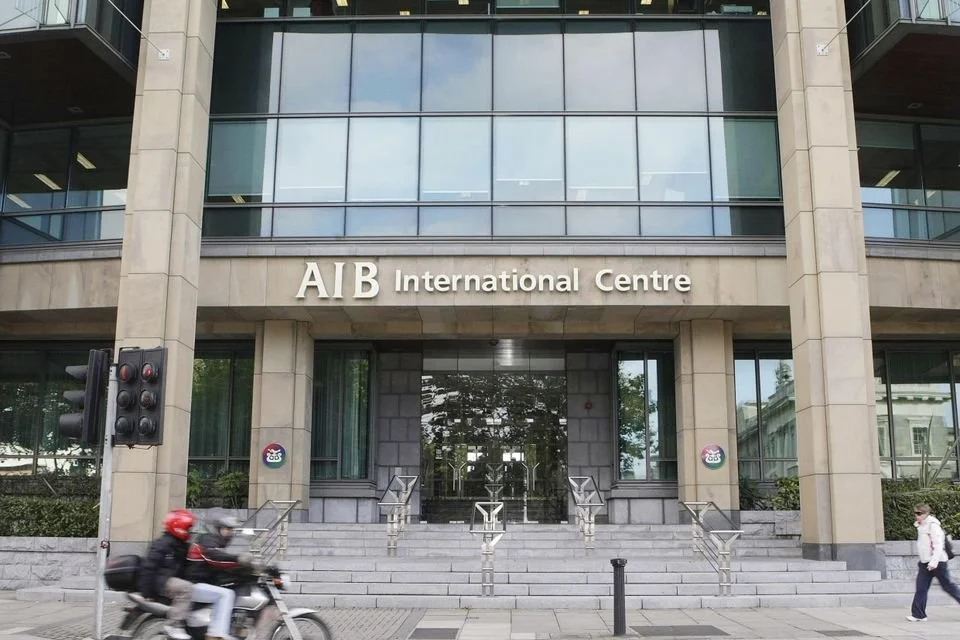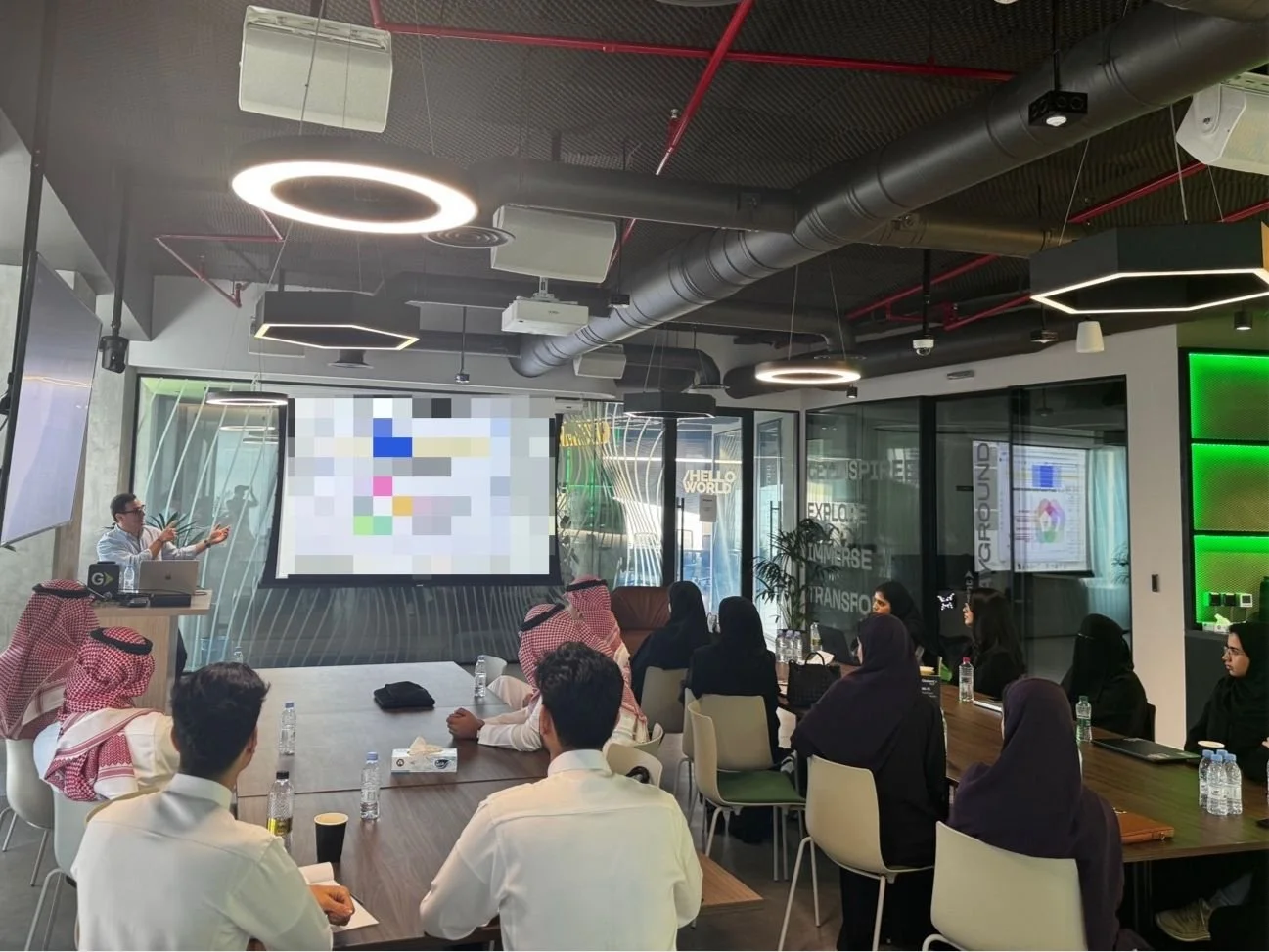Client • Santander UK | Allied Irish Banks | Qiddiya Investment Company
The BA Trenches Made Me Sharper: Why I left product leadership to earn my BA stripes
I didn’t pivot because I was lost. I pivoted because I needed to go deeper.
When I helped launch Openbank U.S., it was bold, fast, and high-stakes. We were building a full-stack digital bank in one of the most fragmented regulatory markets on Earth. I worked on payments flows, onboarding decisions, and fraud protection mechanics. In just ten weeks, we passed $2B in deposits.But still I was aware of something unspoken: There were still layers of the system I couldn’t fully see.
I understood the user flows. I understood the strategy. But when engineering ran into edge cases or when QA flagged issues we hadn’t anticipated, I realized I didn’t know enough about the technical structure behind the story. What happens in that messy middle between “we should build this” and “it’s live”? What breaks when requirements sound right but don’t map cleanly to systems? Where do assumptions sneak in and quietly degrade velocity?
I didn’t want to stay at the surface. I wanted to understand what made product work. So I made the move: I stepped out of PdM and into the trenches of analysis.
Santander UK | Getting Fluent in Security, Systems, and Signal Flow
I joined Globant as a Business Analyst embedded inside the OneApp Fraud Prevention Squad at Santander UK.
From day one, it was clear: I wasn’t just translating requirements, I was stepping into the heart of security orchestration. Our mission was to modernize fraud protection without breaking user experience. That meant designing flows that were invisible when things went right, and deeply resilient when they didn’t.
I worked across squads that dealt with:
Real-time event handling
Behavioral anomaly triggers
Device binding and authentication chains
Risk scoring handoffs between internal systems and external orchestration tools
I sat with architects to understand where logic actually lived inside APIs, third-party rules engines, or backend platforms, and reverse-engineered how a single user tap might cascade through six systems in less than a second.
I rewrote documentation that had been treated as formalities, and turned it into working models. I broke down business intents (“block suspicious logins”) into logic trees engineers could build from with confidence. I became the person who sat between compliance, engineering, and product, and finally spoke all three languages fluently. That’s where I stopped thinking of product stories as narratives, and started thinking of them as machines
Allied Irish Banks | From Systems Fluency to Team- wide Transformation
I joined Allied Irish Banks as a Lead Business Analyst; this time across Payments, Cards, and Operational Risk squads.
This wasn’t a continuation. It was a step-change. Where Santander had been about learning the patterns, AIB gave me the room to reshape them. I walked into squads where people were smart, the intent was clear, but delivery lacked frictionless alignment. Backlogs were bloated with half-aligned epics. Dependencies were tracked in memory or spreadsheets. Developers were shipping, but also second-guessing the logic behind what they were asked to build.
I didn’t propose new tooling. I proposed a new rhythm.
I built out a modular story-writing system, one that respected how engineers read, how QA tests, and how operational teams interpret logic. I diagrammed multi-system flows down to the moment a payment fails, retries, alerts, escalates, or self-resolves. I redesigned refinement rituals. I trained other analysts. I turned documentation from a lagging artifact into a living part of delivery.
Within months, the backlog became a source of trust.
Stories felt like working agreements, not wishful prompts. And velocity didn’t just improve it stabilized. Teams entered what we started calling quiet sprints, weeks where nobody was blocked, nobody was stuck, and nothing was misaligned.
Qiddiya Investment Company | Turning Vision into Systems
Qiddiya was not just another project. It was a national ambition taking form in the desert, a 330 square kilometer city for entertainment, sport, and culture, built under the Crown Prince’s Vision 2030 and backed by Saudi Arabia’s Public Investment Fund.
As Senior Business Analyst Lead, I became the bridge between imagination and implementation. My responsibility was to make sure that the boldest ideas in the room could survive contact with reality. I led the analytical backbone of the Qiddiya App, the platform designed to unify every guest touchpoint across the city, from Six Flags Qiddiya City, home to the record-breaking Falcon’s Flight coaster, to Aqua Arabia, the Kingdom’s first world-class water park. I mapped the invisible threads that connect business, operations, and experience: how a guest books a ticket, links it to a wristband, queues for a ride, pays for lunch, and earns rewards, all through one connected ecosystem.
Every requirement, dependency, and data flow passed through my lens. I worked across global vendors, design partners, and Qiddiya Investment Company leadership to translate high-level vision into structured logic, creating epics, user stories, and acceptance criteria that the engineering teams could build from. When priorities shifted, and they often did, I held the line between ambition and feasibility. It meant challenging assumptions, protecting coherence, and ensuring that the product told one consistent story from strategy to release.
Qiddiya taught me what scale truly means, not in size but in consequence.
And somewhere between the architecture diagrams and late-night review calls, I realised that the next challenge was not just about delivering systems. It was about teaching others how to think this way. That is how I found myself leading the Saudi BA Bootcamp, shaping a new generation of analysts to carry the same discipline, clarity, and precision it takes to turn a national vision into something that actually works.
Saudi Arabia | Teaching the Craft Forward
Summer 2025, I found myself on the other side of the table, entrusted by Globant leadership to build and lead a three-weeks Business Analyst Bootcamp in Saudi Arabia. For me It wasn’t about slides or templates. It was about transmission, taking everything I had learned in the trenches and turning it into something others could use.
I designed the curriculum around the real work: how to think through ambiguity, map dependencies that hide in plain sight, and translate strategy into systems logic that actually delivers. Each session mixed frameworks, live breakdowns, and raw case studies from real digital programs. By the end, participants weren’t just documenting requirements, they were thinking like product operators, not note takers. Something shifted for me too. Standing there, teaching others how to connect business intent to technical truth, I realized that the loop had closed. I had gone deep enough into analysis to see how every layer fits, from the conversation in a backlog refinement to the business model it ultimately serves.
That’s when I knew it was time to step back into Product Management, this time with a new kind of fluency. One grounded not just in storytelling or strategy, but in the mechanics that make products work and teams move.
This wasn’t a detour. It was product leadership in disguise.
I didn’t leave Product Management behind, I expanded what it meant. I stopped thinking of “vision” and “execution” as separate phases and started treating them as a single system with many dialects. Now, that I am back to the product seat, and I lead as a PdM, I bring sharper intuition to architecture conversations, clearer thinking to scope, and more empathy for engineering tradeoffs. I bring systems awareness into every product decision. Not just to ship what’s possible but to shape what’s scalable, resilient, and real.
To L.M. - thank you.
Shoutout to my brilliant BA mentor, L.M. (you know who you are if you’re reading this) - thank you for showing me the craft beneath the craft. None of this would’ve clicked without your guidance





